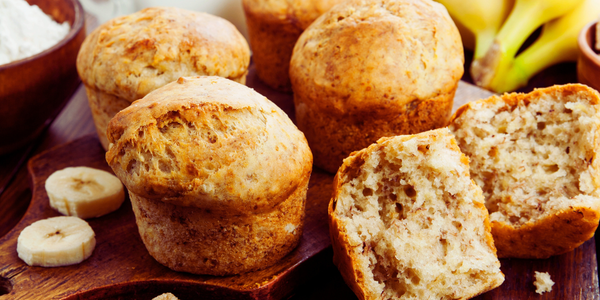Recipe: Authentic Pilaf

Pilau Rice is a traditional dish in many communities. It is also called pulao(Pakistan), pelau(Caribbean), pilaf(India), plav(Iran), or palaw (Afghanistan). In this article, we will look at the origin of Pilau and its preparation in detail.
Brief History
Historians believe that pilau originated in India after rice importation at Indus River Valley. Back in the days, pilau used to be a plain mixture of rice and meat until around the tenth-century when a recipe was published by Ibn Sina, a Persian scholar.
Today, pilau recipes vary from one community to the other. In India, the recipe is dosed with intense spices and chili. In the Swahili community, Pilau is prepared from ground natural spices. However, despite its origin, pilau has been an essential dish to Southern America, and it is now a typical dish all over the world.
Modern Day Pilau
Pilau is prepared using basmati rice, cooked with cubes of meat in a systematic procedure. Ground natural spices and other vegetables like onions are added to enhance the aroma.
Preparation and cooking time may take roughly 30 minutes to one hour. A green salad or yogourt accompany the meal to cool down your palate. Enough of the theory, let’s now jump right into the practical.
Ingredients For a Four Serving
For the masala
Four cardamom pods
Two pieces of whole cloves
3 black peppercorns
1 heaped teaspoon of cinnamon seeds
For Cooking Rice
Basmati rice - 200g
200gms of goat, beef, or mutton meat; cubed
400ml water
2 tablespoons ghee
1/2 teaspoon salt
Two onions sliced thinly
4 whole potatoes peeled
three cloves of medium garlic
1/2 teaspoon thread of saffron (optional)
¼ inch fresh ginger (optional)
1 tablespoon of concentrated tomato paste
For The Accompaniment
Green peas
sliced carrots
sliced green pepper
Corriander for garnish
Preparation
Masala
In a dry and hot pan, roast the natural spices until they release an aroma. Then grind them in a motor using a pestle into fine powder and set aside.
The Rice
In slightly salted water, boil the meat until tender. Meanwhile, wash the basmati rice in cold water thoroughly untill the water runs clear. You will have to wash the rice several times in flowing tap water, prefferably in a large colander, while draining. soak the clean rice in water for 20 minutes or so.
Using mortar and pestle, crush the garlic and ginger together. Add a tablespoon of water for a smoother texture of the resulting paste. And in a small bowl combine the saffron with one tablespoon of water and set them aside.
Now it’s Time to Cook
In a large saucepan, sauté the onions with the 2tablespoons of ghee untill golden brown.Add the pilau masala, stir and add the boiled meat cubes and raw potatoes. Mix well and Cover for a few minutes to allow the flavors to infuse into the meat and potatoes.
Next, add your tomato paste (Dissolve the paste in a half cup of water for better results). Let the mixture simmer for about 5 minutes on low heat until the oil starts separating from the liquid.
It's time to add the rice and saffron water. Stir slightly and add hot boiling water immediately to avoid sticking to the pan. Cover and cook on low heat until the rice is well done. That should take between 10-20 minutes depending on your rice brand.
Tip
After adding water, you can transfer the pot to finish cooking in the oven for an evenly cooked pilau.
Alternatively
You can cook pilau without the meat and then stew the meat seperately. It looks better when seved and you can as well serve the vegeterians.
Conclusion
A well cooked pilau should have a golden to dark-brown color with a sweet aroma from the spices. The meat should be dark in color and soft, almost falling off the bone.
Pilau is best served hot, although it's also delicious while slightly warm.
Sign up for FD's newsletter
The freshest stories from the food and dating world every week.




